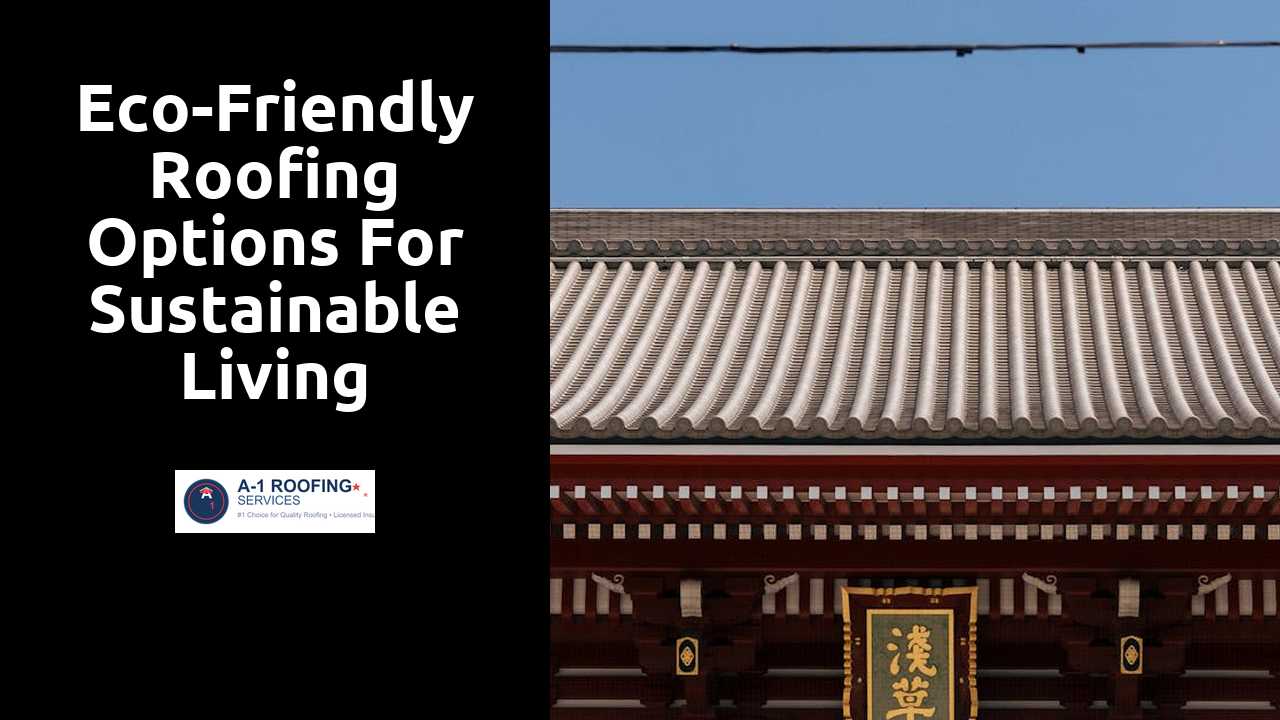
Eco-Friendly Roofing Options for Sustainable Living
Table Of Contents
Insulation and Energy Efficiency
Effective insulation is a crucial element in creating energy-efficient homes. Proper insulation helps maintain a stable indoor temperature, reducing the need for heating and cooling systems to work overtime. This not only lowers energy bills but also minimizes the carbon footprint of the household. Different materials are available, including fiberglass, foam board, and cellulose, each offering unique benefits and levels of effectiveness depending on climate and building structure.
Energy efficiency extends beyond insulation. Ensuring that roofing materials reflect rather than absorb heat can significantly enhance a home’s energy performance. This approach contributes to improved indoor comfort while reducing reliance on artificial heating and cooling. By selecting materials designed to optimize energy use, homeowners play an essential role in promoting sustainable living practices.
Continue reading this article for more information.
Choosing the Right Insulation for Your Roof
Effective insulation is crucial for maintaining energy efficiency and comfort in a home. Various materials are available, each with distinct advantages and disadvantages. Fiberglass batts are popular due to their low cost and ease of installation, making them an excellent choice for DIY enthusiasts. Alternatively, spray foam insulation offers superior air sealing and thermal resistance, although it can be more expensive. Consider the climate and the specific needs of the home when selecting the appropriate type of insulation.
Beyond material choice, proper installation plays a significant role in achieving optimal performance. Gaps, compression, and misalignment during installation can drastically reduce the effectiveness of insulation. Homeowners should also be aware of the R-value, which measures thermal resistance, as higher values indicate better insulating capability. Consulting with professionals can help ensure that the chosen insulation meets local building codes and contributes to overall energy efficiency objectives.
The Role of Cool Roofs
Cool roofs are designed to reflect more sunlight and absorb less heat than standard roofs. This innovative technology is particularly beneficial in urban areas where buildings tend to collect and retain heat, leading to the urban heat island effect. By maintaining cooler temperatures, cool roofs contribute to lower energy usage for air conditioning, aiding in the overall reduction of greenhouse gas emissions and promoting a more sustainable environment.
The installation of cool roofing materials can significantly enhance energy efficiency. These materials often include highly reflective coatings, tiles, or shingles that effectively diminish heat absorption. This can lead not only to energy savings but also to improved comfort for residents, making homes more pleasant during hot weather. As more homeowners opt for these sustainable roofing solutions, the cumulative impact can result in significant benefits for both the economy and the climate.
Reducing Heat Island Effect
Urban areas often experience higher temperatures than surrounding rural regions, a phenomenon known as the heat island effect. This occurs due to extensive concrete, asphalt, and buildings, which absorb and retain heat. Implementing cool roofing materials can effectively mitigate this problem. These roofs are designed to reflect more sunlight and absorb less heat, significantly reducing rooftop temperatures and lessening the demand for air conditioning.
Another strategy to combat the heat island effect involves increasing green space. Planting trees, creating green roofs, or installing rooftop gardens can enhance shade and lower ambient temperatures. Vegetation not only cools the immediate environment but also improves air quality and supports biodiversity. By combining such strategies with cool roofing materials, communities can create a healthier, more sustainable living environment that benefits both residents and the ecosystem.
Selecting a Sustainable Roofing Contractor
Finding the right roofing contractor is essential for ensuring that your project meets sustainable standards. Start by seeking contractors who have experience in eco-friendly roofing materials and practices. Look for certifications or affiliations with recognized sustainable building organizations. A contractor with a commitment to sustainability will likely offer insights on reducing energy consumption, using recycled materials, and implementing environmentally friendly techniques throughout the installation process.
In addition to checking credentials, consider their approach to waste management during the roofing project. An ideal contractor should have a plan for recycling old roofing materials and minimizing waste. Request references from past clients who have undertaken similar eco-friendly projects. This feedback can provide valuable insight into the contractor’s reliability, workmanship, and overall commitment to sustainable living. A thorough vetting process will help ensure that you choose a contractor who aligns with your environmental values.
What to Look for When Hiring
Choosing a sustainable roofing contractor requires careful consideration of their experience and expertise in eco-friendly materials. Look for professionals who have a strong portfolio showcasing their work with green roofing solutions, such as solar shingles or recycled materials. Certifications and affiliations with reputable organizations in sustainable building practices can also indicate a contractor’s commitment to eco-conscious techniques.
It's equally important to assess their communication and transparency throughout the hiring process. A contractor who offers clear explanations of their plans, provides detailed estimates, and answers questions promptly will help ensure a smooth project. Additionally, reading reviews and asking for references can give insight into their reliability and customer service. Prioritize contractors who demonstrate a genuine interest in sustainability and align with your environmental goals.
Related Links
Assessing the Impact of Insulation on Roof PerformanceUnderstanding the Benefits of Reflective Roof Coatings